A Journey to Gardening Success
Starting your own vegetable garden can feel like stepping into a world of infinite possibilities. You dream of plucking fresh, vibrant produce from your backyard or balcony, but if you’re a beginner, the thought of managing seeds, soil, and pests might seem overwhelming. Fear not! Gardening doesn’t have to be a struggle, and some vegetables practically grow themselves.
In this blog, we’ll take you through the easiest vegetables for beginners to cultivate, peppering in useful tips, fun anecdotes, and a touch of creative inspiration to help your green thumb flourish. By the end, you’ll not only know what to plant but feel excited to dig into the soil.
1. Radishes: The Sprinting Stars of the Garden
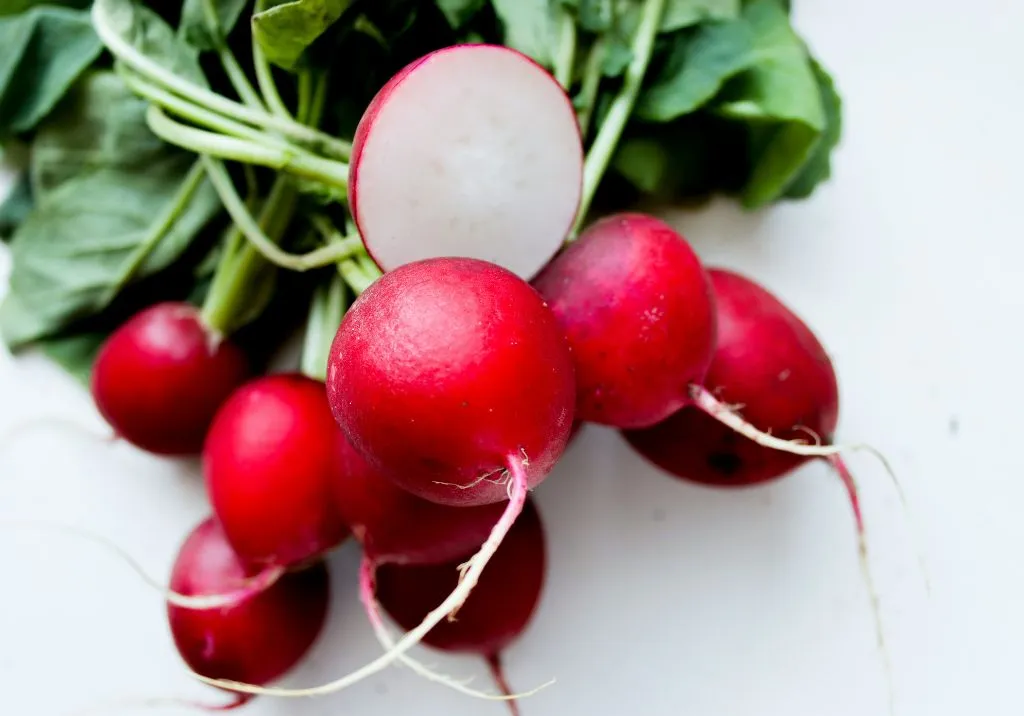
If vegetables had speed races, radishes would win every time. They’re the Usain Bolts of the veggie world, going from seed to table in as little as 20 days.
- Why Radishes are Perfect for Beginners: Their speed and resilience mean there’s almost no time for things to go wrong. If you’re impatient to see results (who isn’t?), radishes offer instant gratification.
- Creative Tip: Use their quick growth to teach kids about gardening. Challenge them to measure daily growth and document it in a journal.
- Fun Recipe Idea: Roast radishes with a drizzle of honey and olive oil. It’s a surprisingly sweet twist on this peppery snack.
2. Lettuce: The Salad Superstar
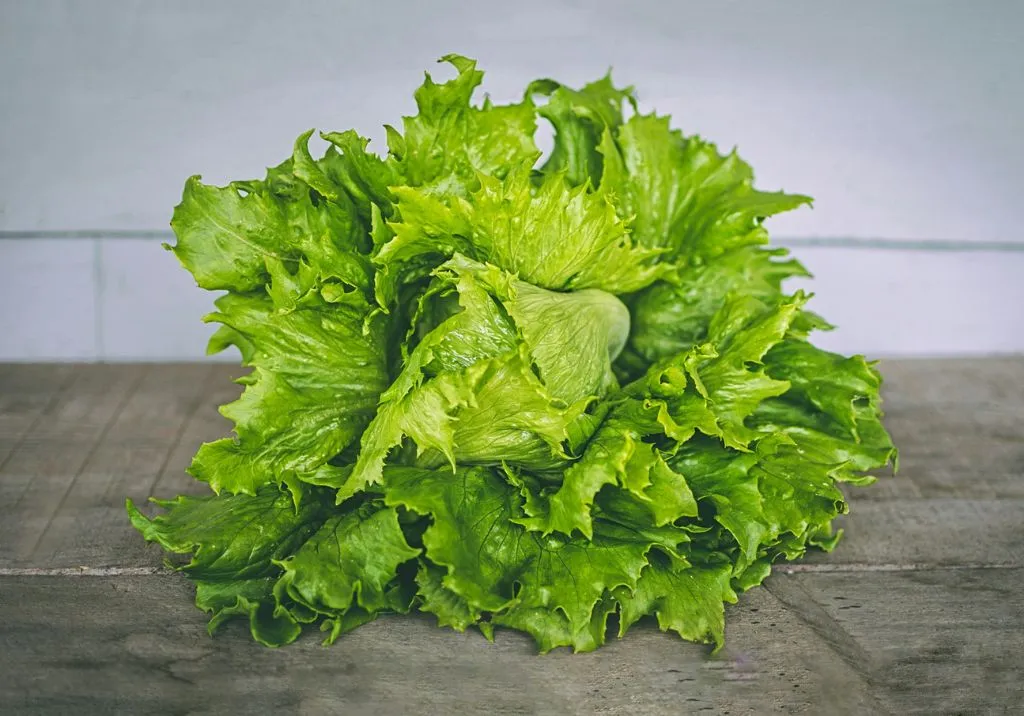
Lettuce isn’t just a salad base—it’s a gardener’s confidence booster. With minimal effort, you can harvest fresh, crispy greens for weeks.
- Why Lettuce is a Beginner’s Best Friend: Lettuce tolerates partial shade, thrives in small spaces, and regrows after harvesting, giving you multiple yields from one planting.
- Creative Gardening Idea: Grow a “salad bowl” in a large container. Combine different varieties—romaine, butterhead, and leaf lettuce—for a colorful harvest.
- Pro Tip: Harvest outer leaves as they mature to keep the plant producing longer.
3. Green Beans: The Climbing Champions
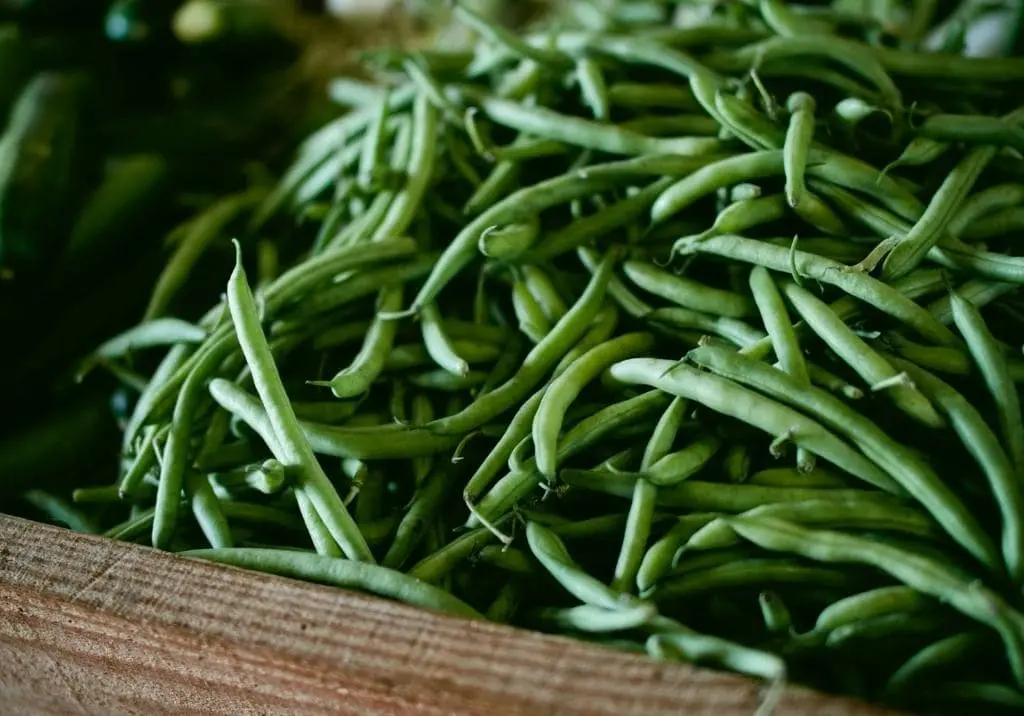
Green beans are like the overachievers of the vegetable world—they’re productive, easygoing, and come in both bush and pole varieties. Whether you’re growing vertically or in a small patch, there’s a bean for you.
- What Makes Green Beans So Simple: They germinate quickly, resist many pests, and don’t need a lot of attention—just sunshine and regular watering.
- Inspiration for Kids: Create a living “bean teepee” by planting pole beans in a circular formation around a tall structure. Not only do they grow fast, but they also create a magical little hideaway.
- Harvest Tip: Pick beans often to encourage more growth. Left too long, they lose their tenderness.
4. Zucchini: The Overachiever of the Garden
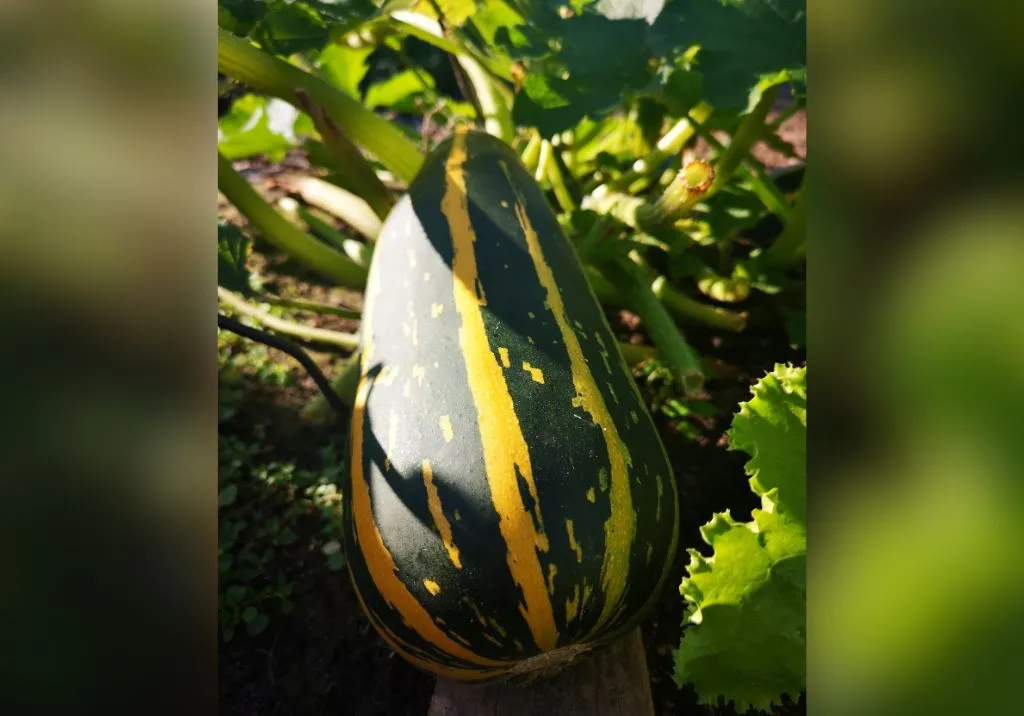
Zucchini isn’t just easy to grow—it’s eager to grow. It’s not uncommon for beginner gardeners to end up with more zucchini than they know what to do with.
- What Makes Zucchini Foolproof: It thrives in almost any condition, as long as it gets sunlight and space. Plus, its broad leaves suppress weeds, reducing maintenance.
- Creative Recipe Idea: Use your surplus to make zucchini noodles or chocolate zucchini bread.
- Bonus Fun: Enter your largest zucchini into a local gardening contest—you might just win!
5. Carrots: The Treasure Hunt Veggie
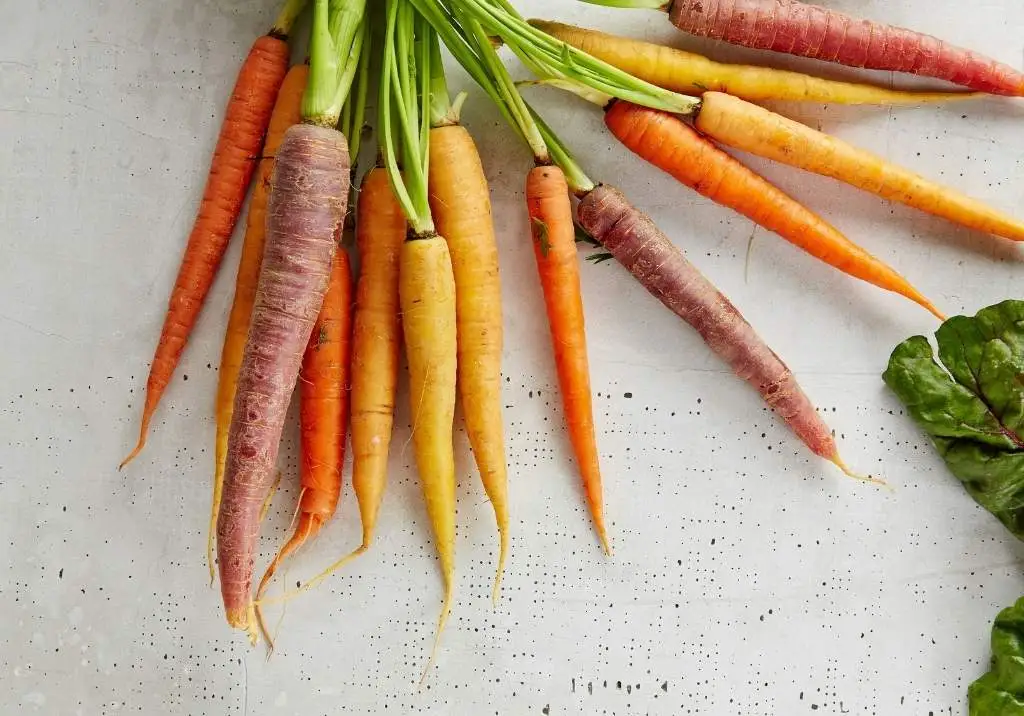
Growing carrots feels a bit like a treasure hunt. You can’t see the results until harvest time, but their simplicity and reward make them a beginner favorite.
- Why Carrots are Beginner-Friendly: With the right soil, they practically grow themselves. They’re also resistant to most pests and diseases.
- Creative Gardening Hack: Use colorful carrot varieties—purple, yellow, and white—to make your harvest look like a painter’s palette.
- Pro Tip: Make sure the soil is loose and rock-free to avoid misshapen roots.
6. Spinach: The Popeye Power Plant
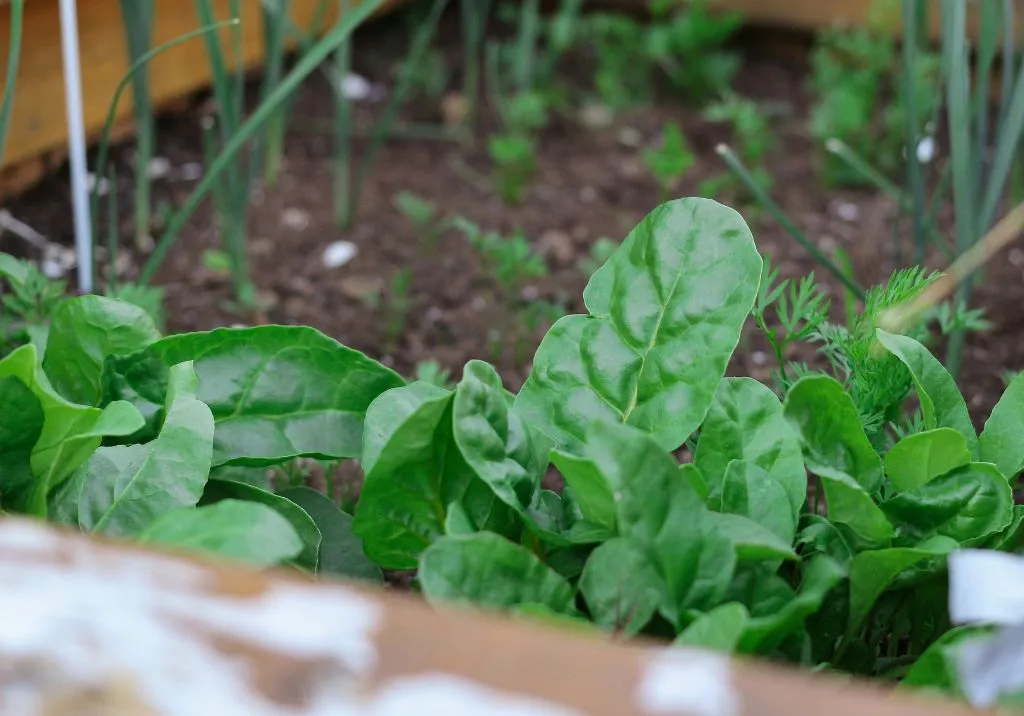
Spinach isn’t just a nutrient-packed superfood; it’s also one of the easiest greens to grow. It’s a cool-weather crop, meaning you can enjoy fresh greens when other plants are struggling.
- Why Spinach is So Easy: It grows quickly, doesn’t require much space, and thrives in partial shade. Perfect for beginners who want quick results.
- Creative Cooking Idea: Use fresh spinach in smoothies, omelets, or homemade pasta dough for a nutrient-packed twist.
- Gardening Tip: Succession planting every two weeks can keep your spinach harvest going for months.
7. Peas: The Garden Sweethearts
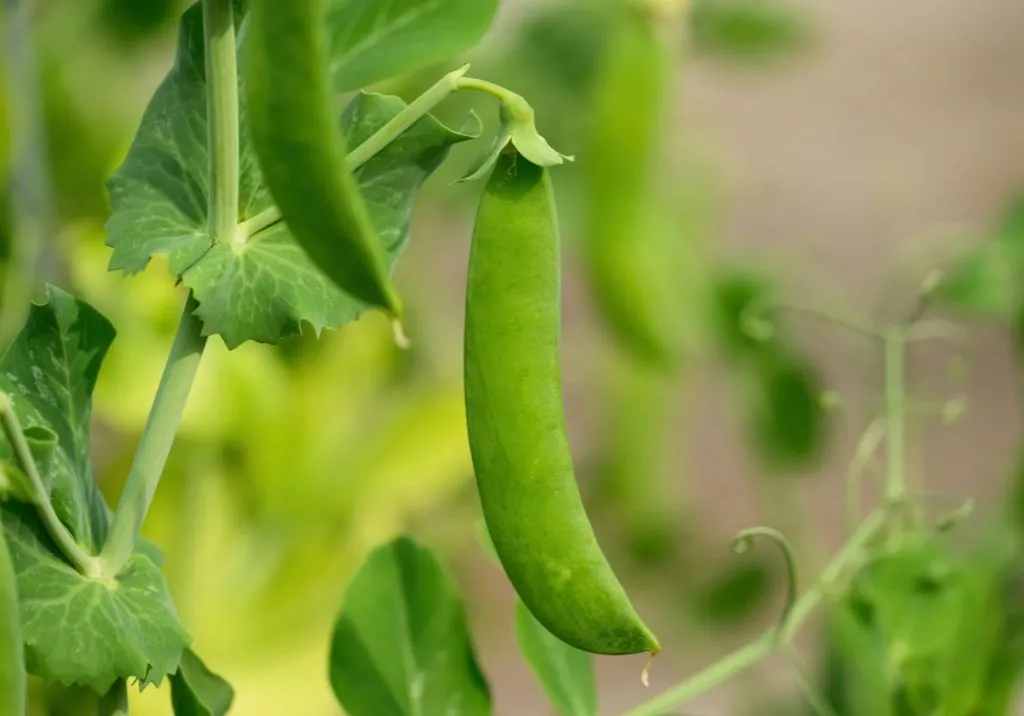
Peas have a charming quality—they climb and weave their way into your heart. Whether you’re growing snap peas, snow peas, or shelling peas, they’re an absolute delight.
- Why Peas Are Great for Starters: They thrive in cool weather, are relatively pest-free, and require minimal care apart from trellis support.
- Fun Gardening Idea: Plant peas alongside flowers like marigolds or nasturtiums for a visually stunning and productive garden bed.
- Harvest Tip: Pick peas regularly for the sweetest flavor. If they mature too long, they can become starchy.
8. Cucumbers: The Refreshing All-Rounder
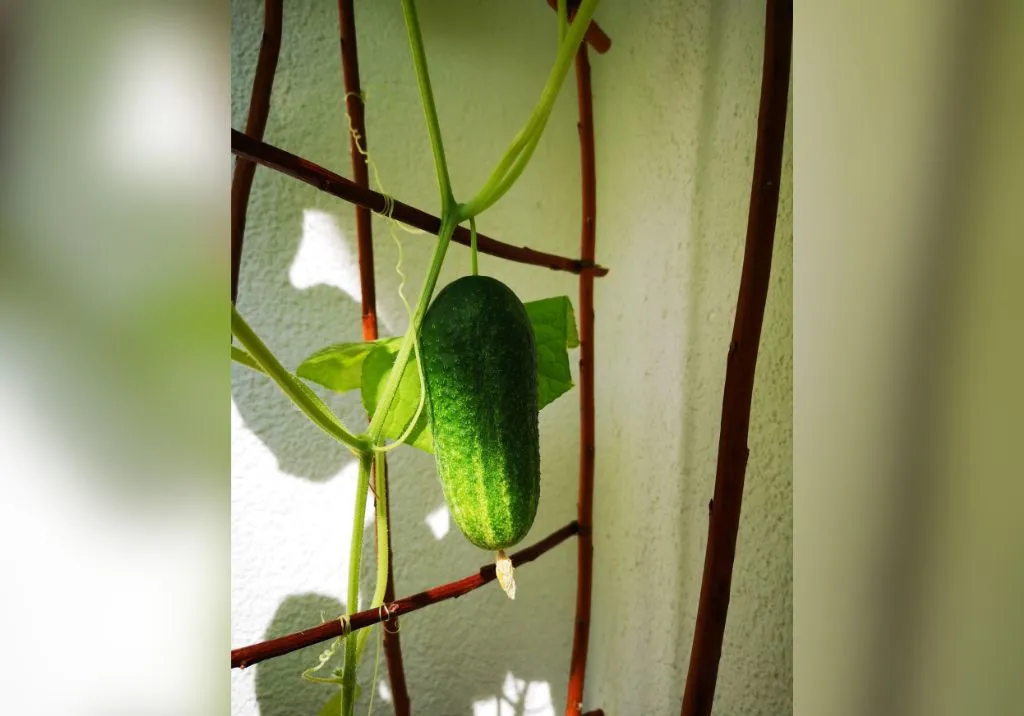
Crisp, refreshing, and oh-so-easy to grow, cucumbers are a must-have for any beginner’s garden. Whether you’re slicing them into salads or pickling them for later, cucumbers are wonderfully versatile.
- Why Cucumbers are Easy: They grow rapidly in warm weather and produce a bountiful harvest with little effort.
- Vertical Gardening Fun: Train cucumbers to climb a trellis to save space and create a whimsical “green wall.”
- Recipe to Try: Make your own pickles with fresh dill and garlic. It’s a rewarding way to enjoy your harvest long after summer.
9. Herbs: The Kitchen Magicians
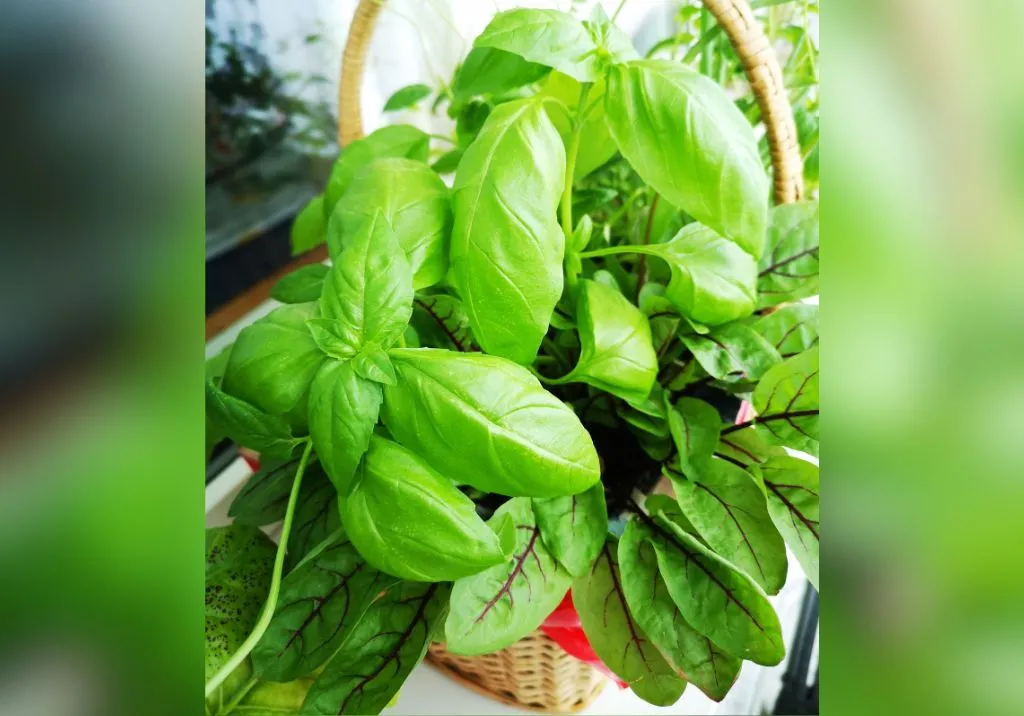
Technically not vegetables, but herbs like basil, parsley, and cilantro deserve a place in every beginner garden. They’re fragrant, flavorful, and fantastically easy to grow.
- Why Herbs are Beginner-Friendly: They thrive in small pots or garden beds and require minimal attention. Just water them and snip as needed.
- Creative Idea: Start a windowsill herb garden for year-round access to fresh flavors.
- Pro Tip: Pinch off flower buds to keep herbs like basil producing flavorful leaves longer.
10. Beets: The Underrated Superstars
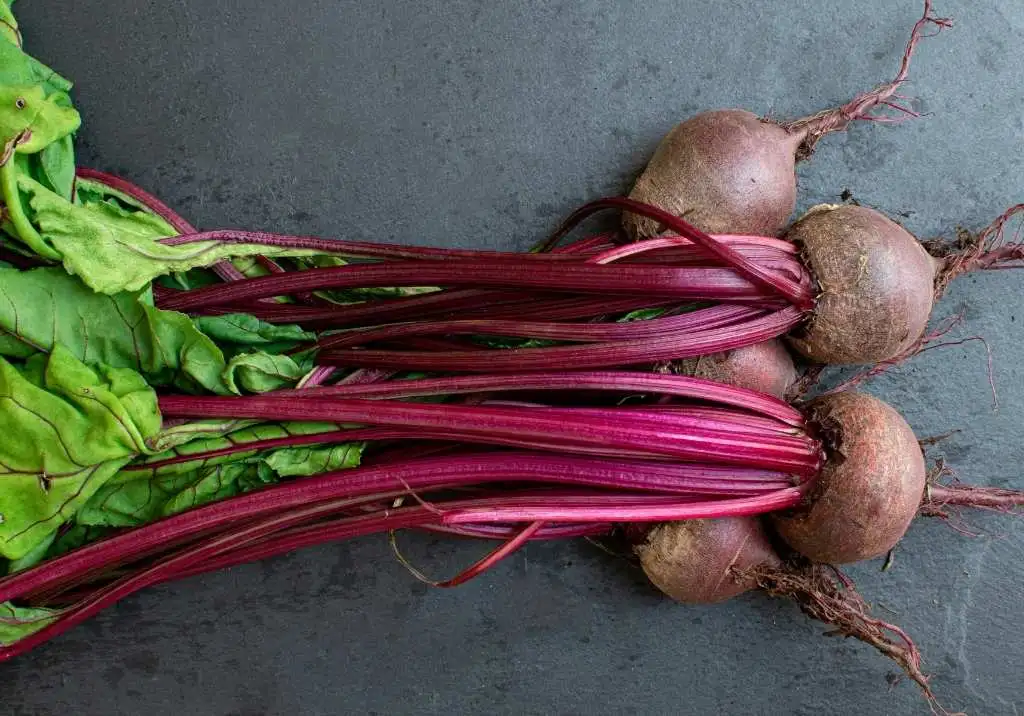
Beets are the unsung heroes of the garden, offering both edible roots and leafy greens. They’re forgiving, fast-growing, and surprisingly easy to manage.
- Why Beets are Beginner-Friendly: They tolerate poor soil and require little more than consistent watering.
- Creative Gardening Twist: Grow beets in a rainbow of colors—red, golden, and even striped varieties.
- Cooking Tip: Roast beet slices with olive oil and rosemary for a caramelized treat.
Tips for Gardening Success
Starting with easy vegetables is only half the battle. Here are some tips to ensure your garden thrives:
- Start Small: A few well-tended plants are better than an overcrowded garden.
- Water Smartly: Deep, consistent watering is better than frequent light watering. Morning is the best time to hydrate your plants.
- Sunlight is Key: Most vegetables need at least 6 hours of sun per day, so choose your location wisely.
- Use Quality Soil: Invest in nutrient-rich soil or amend your garden bed with compost.
- Learn to Mulch: Mulching helps retain moisture, regulate soil temperature, and reduce weeds.
- Companion Planting: Pair compatible plants to improve growth and deter pests. For example, plant marigolds near your veggies to repel harmful insects.
Why Gardening Matters
Beyond the practical benefits of homegrown food, gardening is a meditative and joyful activity. Watching a seed transform into a thriving plant is a daily reminder of nature’s resilience and beauty. Plus, gardening connects you to the environment and helps you reduce your carbon footprint.
So, don’t wait. Pick a few of these beginner-friendly vegetables and start your gardening journey today. Whether you’re working with a sprawling backyard, a small patio, or a windowsill, there’s a way to make gardening work for you. As the old saying goes, “The best time to plant a garden was yesterday. The next best time is today.”
Happy gardening!
Look also How to Grow Tomatoes Like a Pro: Tips and Tricks for Juicy Harvests

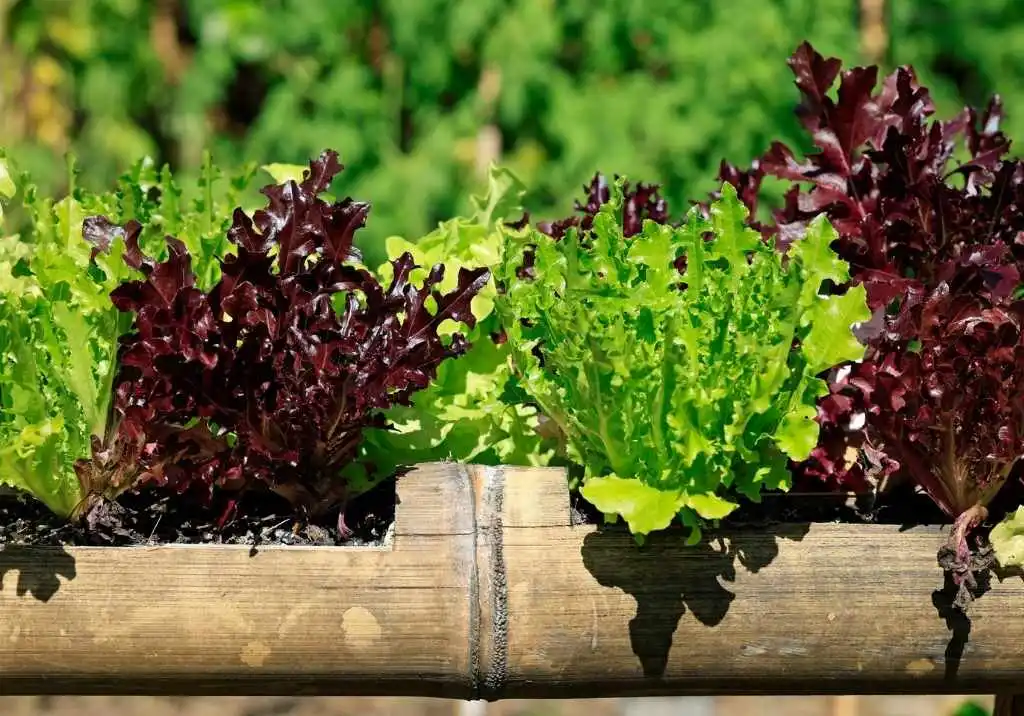


Pingback: Exciting New Hobbies to Try This Year – Karenknows